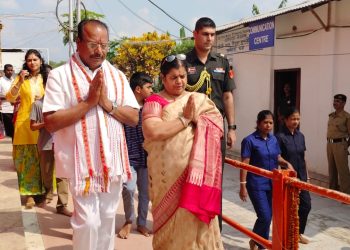The Makar Sankranti is a popular Hindu festival which is celebrated in every Hindu family with pious mood in every year. Makar Sankranti is also known as Maghi or Makara Sankranti. The festival is celebrated by Hindus and is dedicated to Surya, the Sun God in the Hindu pantheon. It is observed on 14 January each year. As such, the festival is supposed to mark the first day when the sun is transiting into the Capricorn, also known as Makara. Makar Sankranti also marks the end of the month when the winter solstice, which is also referred to as the darkest night of the year, happens. It also signals that longer days are here again. As per Hindu tradition, Makar Sankranti also marks the beginning of Uttarayana, a six-month auspicious period.
Makar Sankranti Festival Across India
One of the most special aspects of this festival is that it happens to be one of those few ancient festivals celebrated by Hindus as per the solar cycle.
Hindus mostly celebrate their festivals as per the lunar calendar. The Hindu calendar itself happens to be lunisolar in nature. Since this festival is celebrated as per the solar cycle it falls on the same date on the Gregorian calendar – January 14. There are some years, however, when this date shifts by a day. Much of the blame, in this case, can be placed on the complex relative movements of the earth and the sun. These years are pretty rare though. Makar Sankranti is celebrated across India and is referred to by different names among different regions.
The Sikhs and Hindus of northern India call it Lohri, while in central India it is known as Sukarat. Hindus in Assam call it Bhogali Bihu. Hindus in Tamil Nadu and other parts of southern India call it Pongal.
How is Makar Sankranti Festival celebrated?
As may be the case with just about any and every other festival in India Makar Sankranti is celebrated with lots of decorations. People wear new clothes and savor homemade delicacies which are usually made of jaggery, gur and til. In some partsKhichdi is also eaten. In Tamil Nadu, the festival is known as Pongal and people eat rice, which is boiled with fresh milk and jaggery. The dish is made more elaborate with toppings of cashew nuts, brown sugar and raisins.
Other integral parts of the festival are fairs or melas, bonfires, dancing, feasts, and flying of kites. In fact, Diana L Eck, a Harvard University professor and specialist at indology, has said that the Magha Mela has also been mentioned in Mahabharata. This means that the festival has been there for around 2000 years. On this day, plenty of people visit rivers and lakes sacred to them and bathe while thanking the sun. Makar Sankranti also sees Kumbh Mela, which happens to be one of the largest mass pilgrimages of the world every 12 years. It is estimated that around 40 to 100 million people take part in the same.


















